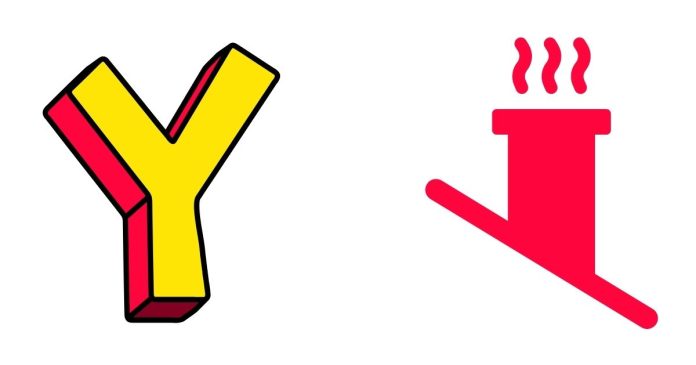In English, the letter “Y” is a bit of a mystery, often creating confusion when determining whether it functions as a vowel or consonant. This ambiguity can be especially tricky when encountering certain words like “chimney.” So, is the “Y” in chimney a vowel or consonant? Let’s break it down!
Understanding Vowels and Consonants
To understand whether “Y” is a vowel or consonant in chimney, we need to first clarify what vowels and consonants are.
- Vowels: The traditional vowels in English are A, E, I, O, and U. These letters represent sounds that are open and unimpeded when spoken, like the “a” in cat or the “e” in bed.
- Consonants: Consonants are all other letters in the alphabet that require the airflow to be blocked or partially obstructed in some way. For example, the “c” in cat or the “t” in bat.
The Role of ‘Y’ in English
The letter “Y” is a unique character in the English alphabet because it can act as both a vowel and a consonant.
- As a vowel: “Y” takes on the role of a vowel when it creates a vowel sound. In many words, like myth or gym, “Y” produces sounds like “i” or sometimes “e.”
- As a consonant: When “Y” begins a word or syllable and sounds like a consonant, such as in yellow or yarn, it is a consonant.
The ‘Y’ in Chimney
Now, let’s specifically address the word chimney. Here, the “Y” falls at the end of the word and produces a vowel sound. It contributes to the “ee” sound at the end of the word, similar to how an “E” would sound in words like harmony or key.
So, in chimney, the “Y” is functioning as a vowel. It acts as a substitute for a letter like “E” to complete the word’s sound.
Why Does It Matter?
In cases like chimney, recognizing “Y” as a vowel helps us understand why the word has the pronunciation it does. The flexibility of “Y” adds complexity to English spelling and pronunciation, but also allows for more variation and creativity in the language.
In the case of chimney, the “Y” is acting as a vowel. However, remember that “Y” can be both a vowel and a consonant depending on its role in different words. English learners and language enthusiasts alike will often encounter this dual role of “Y,” making it an intriguing feature of the language. So, next time you come across “Y,” take a moment to think—vowel or consonant? It’s all part of the charm of English!


